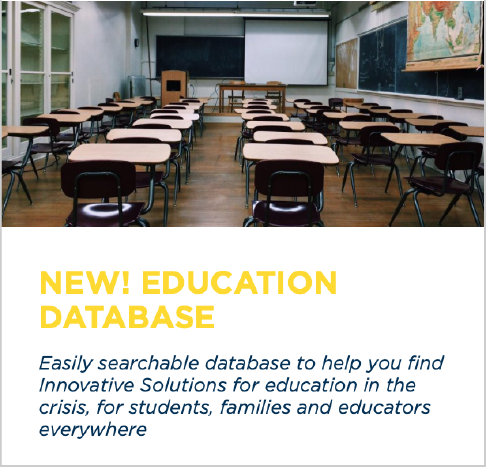Before attending the iNACOL e-Learning Caucus held on Tuesday, I have to admit that my thoughts on virtual learning were utterly wrong. The truth is, when I thought of anything regarding “online schools,” I imagined a child sitting alone at home in their pajamas, wading their way through curriculum with only the companionship of a computer screen. Instead, listening to the panel speak about their involvement in the virtual learning and competency based education movement, I began to realize how wrong my pre-conceived notions had been.
Rather than a focus on using snazzy new technology or simply placing a child in front of a computer screen, the virtual learning movement is based around the notion of flipping the education system to be completely student and outcome-based. Proficiency-based education, a term which I was not familiar with, means that only when a student shows proficiency in a subject or unit do they move on, making time the variable and learning the standard. E-learning, therefore, has much less to do with the coolest new app on an iPad or the latest gadget and much more to do with an individualized approach to education that makes sure that every student is empowered to gain the knowledge and skills they need.
Once the idea of competency-based education is introduced, it almost seems common sense. Why should we set goals of mediocrity for our students when they have the potential for so much more? And how can we expect a student who receives a poor grade in 4th grade math to have the foundation they need to be successful in future courses? Instead, a cycle of failure perpetuates that leaves students feeling inept and hopeless, while teachers who are already strapped for time are expected to successfully teach students material to which they have no foundation.











